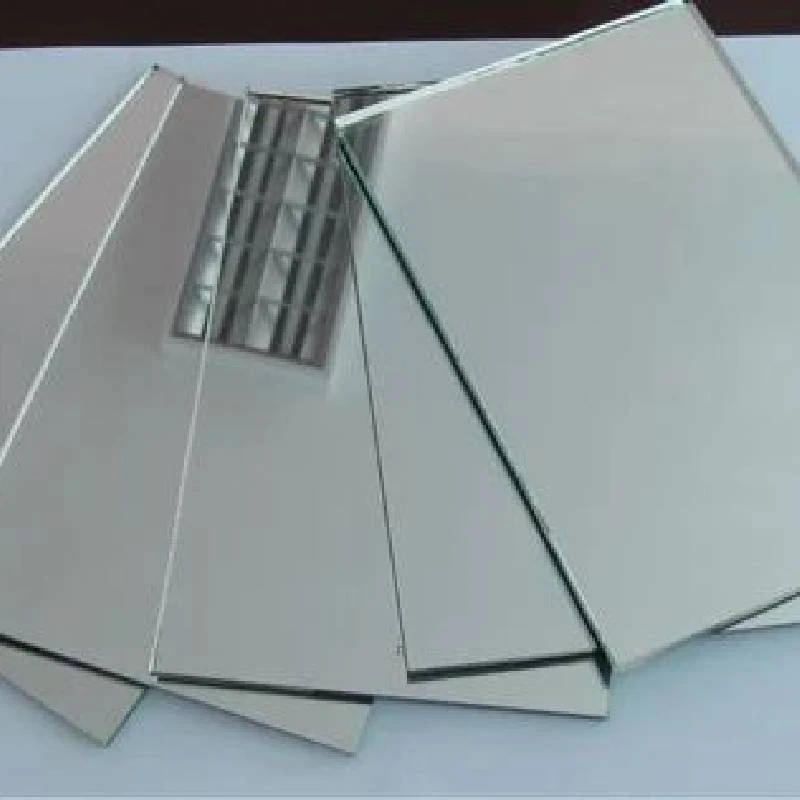

The Glass Price Puzzle Understanding Trends and Market Dynamics
In today’s economy, the price of glass holds significant relevance across various industries, from construction and automotive manufacturing to consumer goods and packaging. Understanding the factors that influence glass prices can provide insight into broader economic trends, environmental impacts, and the technological advancements that shape this versatile material's future.
The Importance of Glass
Glass is an essential material, known for its utility and aesthetic appeal. It is used in windows, bottles, jars, and a myriad of other products. The global glass market has witnessed remarkable growth, driven by increased demand in the construction sector as well as rising consumption in the food and beverage industries. As various sectors expand, the demand for high-quality glass products has, unsurprisingly, surged.
Factors Influencing Glass Prices
Several key factors influence the price of glass, making it a complex landscape for manufacturers, suppliers, and consumers alike.
1. Raw Materials The primary components of glass—silica sand, soda ash, and limestone—are subject to market fluctuations. Any changes in the prices of these raw materials impact the cost of production. For example, natural disasters, geopolitical tensions, or changes in mining regulations can disrupt supply chains and drive prices upward.
2. Production Costs The manufacturing process of glass is energy-intensive. The costs associated with energy production, as well as labor, transportation, and equipment maintenance, all play significant roles in determining glass prices. For instance, rising electricity tariffs can lead to higher operating costs for glass manufacturers, who may pass on these costs to consumers.
3. Market Demand Economic conditions, including consumer spending patterns and construction rates, dictate market demand. In periods of economic growth, demand for construction materials, including glass, tends to increase, leading to higher prices. Conversely, during economic downturns, decreased investment in construction can cause glass prices to fall.
4. Technological Advancements Innovations in glass production, such as the development of more efficient manufacturing techniques and the introduction of sustainable practices, can impact prices. For instance, advancements in recycling technology can reduce the need for raw materials, thereby lowering costs and making glass products more affordable.

5. Environmental Regulations As environmental concerns grow, regulations on carbon emissions and waste management have become stricter. Compliance with these regulations often necessitates investments in cleaner technologies, which can increase production costs and, subsequently, the price of glass.
The Impact of Global Events
Recent global events have significantly influenced the price of glass. The COVID-19 pandemic, for example, led to supply chain disruptions, affecting the availability of raw materials and causing delays in production. As countries began to recover, a surge in demand from the construction and automotive sectors contributed to inflation in glass prices. Additionally, ongoing geopolitical tensions continue to create uncertainty in global markets, further complicating supply chains and pricing strategies.
Moreover, the shift towards sustainable production methods is reshaping the glass industry. Companies are increasingly investing in eco-friendly practices, like using recycled materials in production, which can influence prices. While this shift may increase initial costs due to investments in new technologies, the long-term benefits are substantial, as it can lead to lower operational costs and mitigate price volatility.
The Future of Glass Pricing
Looking ahead, the glass industry faces numerous challenges and opportunities. As the demand for sustainable and high-performance glass products grows, manufacturers must adapt to evolving market preferences and technological innovations. The integration of smart technologies in glass—such as self-tinting windows—may also place new pricing structures on the market.
Additionally, as consumer awareness of environmental issues increases, the demand for recycled glass and sustainable options is expected to rise. This could encourage manufacturers to explore more cost-effective recycling processes, potentially leading to more stable or even lower glass prices in the long run.
Conclusion
Understanding the dynamics of glass prices requires a holistic view of various interconnected factors, including raw material costs, production expenses, market demand, and global events. As we navigate this intricate landscape, it becomes clear that the future of glass pricing will be shaped by technological advancements, sustainability efforts, and economic conditions. Stakeholders across industries must remain vigilant and adaptable to these changes to effectively manage costs and seize opportunities in the ever-evolving glass market.